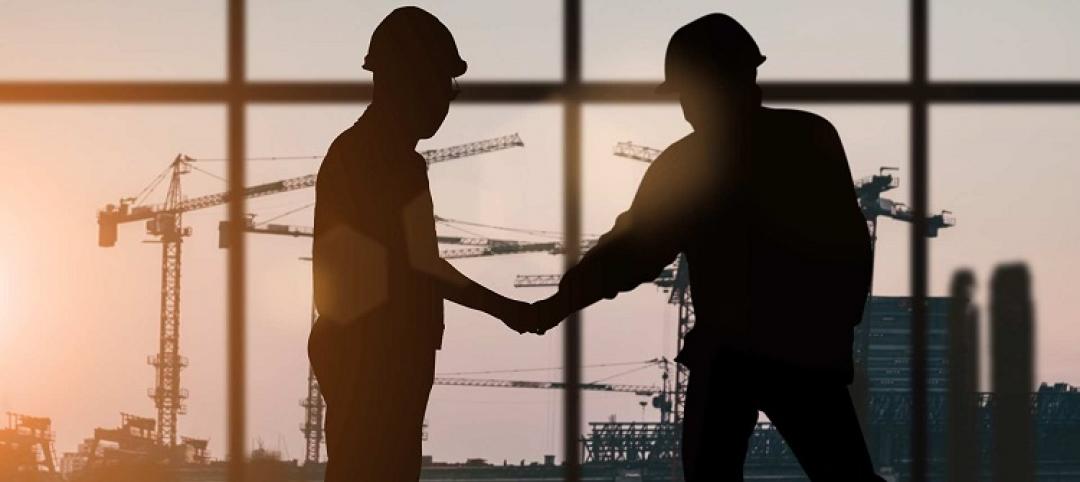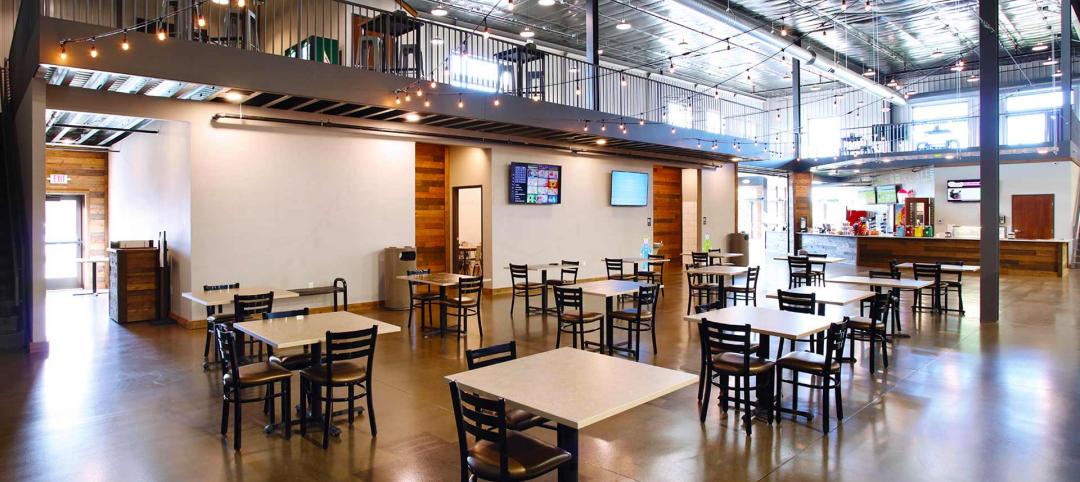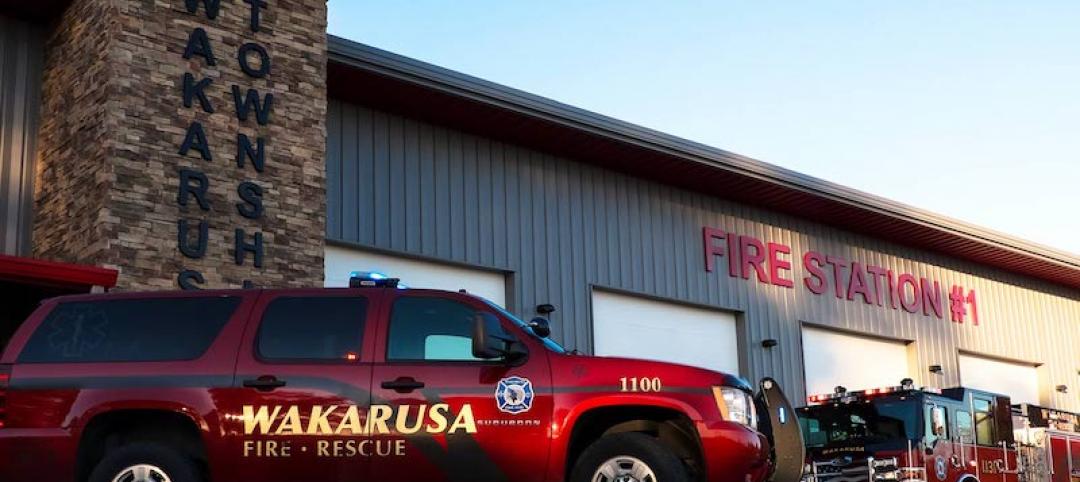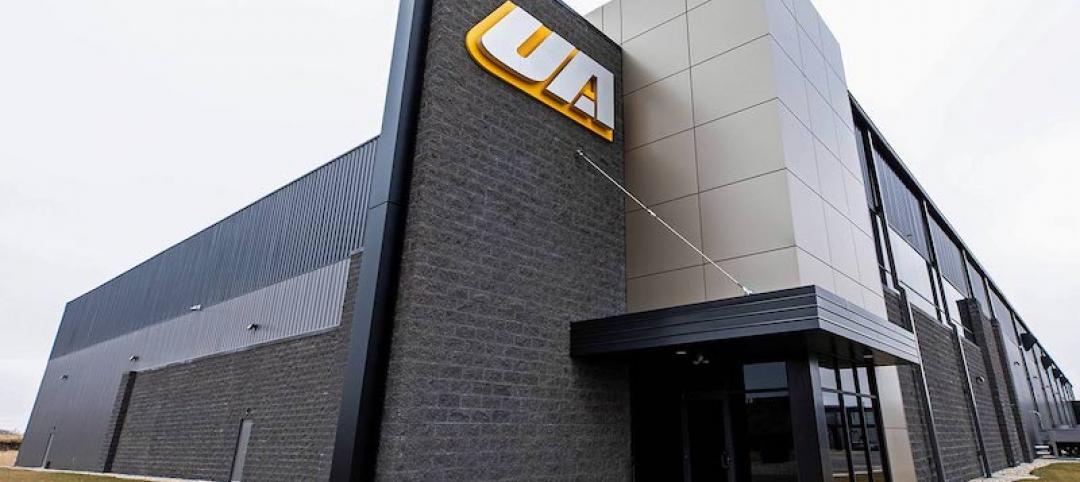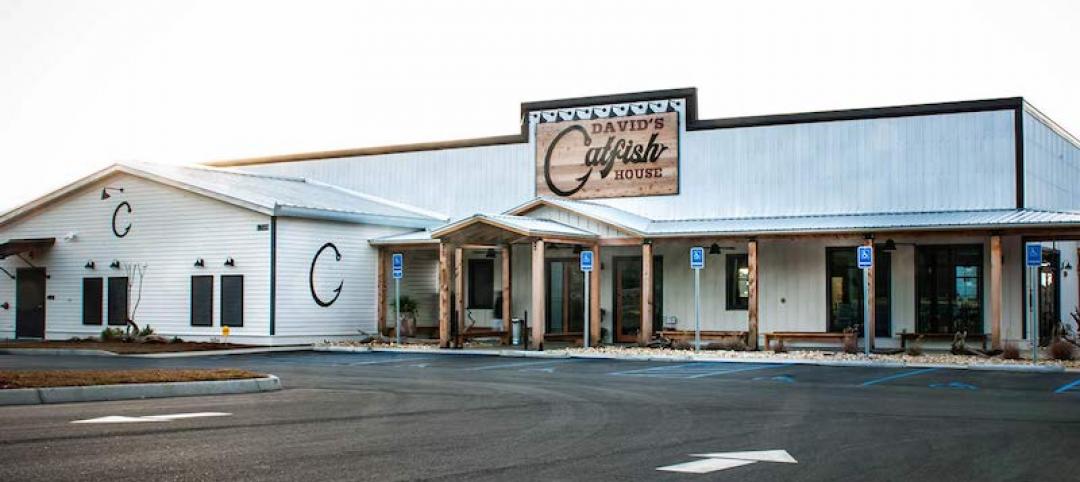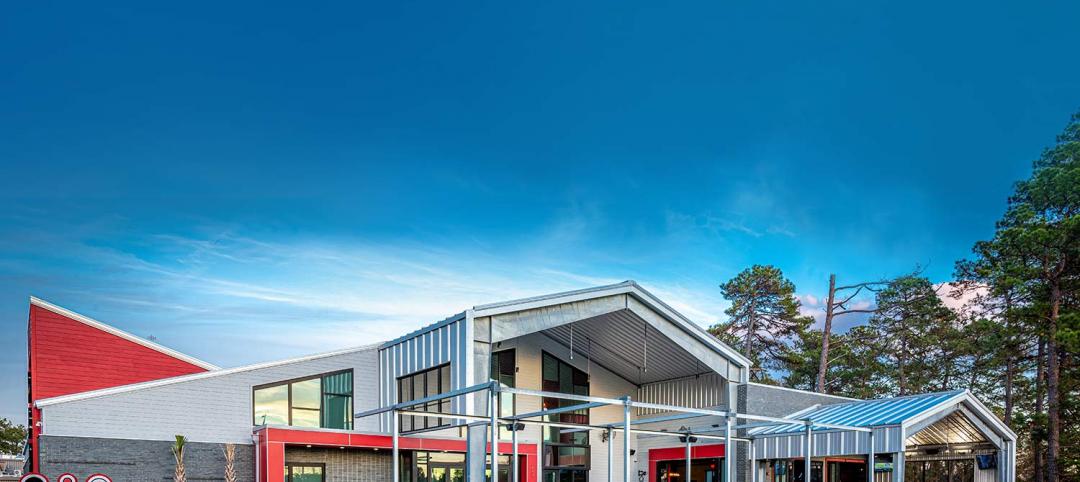With varying “essential business” definitions and stay-at-home directives rolled out across the country, our industry is faced with inevitable cost, scheduling and related project management issues due to COVID-19.
Some truths: 75 percent of 1,077 contractors surveyed by the Associated General Contractors of America said they have experienced a project cancellation or postponement due to the ongoing pandemic, per survey data released in late October. And more than 85% of contractors report they have been negatively impacted by COVID-19, according to the results of an August reader survey conducted by the Associated Builders and Contractors’ Construction Executive magazine. Among the contributing factors cited by ABC and others forthis increased rate of postponement and/or cancellation of construction projects are supply chain disruptions, prolonged municipal permitting processes, delayed inspections due to office closures, material shortages, new safety protocols, and overall reduced productivity.
The question of the day, then, is what approaches can builders and other construction companies take to keep their businesses running in spite of these challenges. As the majority of firms navigate the unknown, it is more important than ever to identify best practices for managing projects, employees and client relationships.
Here are a few tips that can help keep you on track.
- Set priorities. Identify the most critical aspects of a project and focus on those first, particularly the activities that may be specifically affected by COVID-related delays.
-
Stay flexible. Recognize that at any given time, certain work may be put on hold while other types of projects are deemed essential and therefore can move forward (e.g., transportation, health care facilities, educational facilities). Additionally, some types of projects where safe distancing can occur may be able to proceed. Prepare to be able to switch gears, reallocate resources and, above all, keep the lines of communication open with project partners including subcontractors, clients, vendors, and even your own employees.
This flexibility must also be weaved into contingency plans that adapt to a short-term reduced workforce, social distancing or potential shortages of supplies or equipment. Staying flexible may also help reduce potential contractor claims.
-
Maintain detailed project records. The only real way to evaluate your progress is to know where things stood when things shut down (or were delayed in some cases). Keep clear records of costs and schedules so you can determine where you were and where you need to go. Having this information at the ready will put your firm in better stead as potential shutdowns wax and wane…and eventually ease as things go back to normal down the road.
Some experts advise going a step further and assigning COVID-19 specific codes to project activities in order for managers to better keep track of actions affected by the pandemic.
- Be realistic whenevaluating (and re-evaluating) project schedules. It’s not enough to study plans and make a detour at a given point. As the pandemic ebbs and flows, you’ll want to take stock of plans to determine what can progress at a given time. Don’t assume that the challenges you faced (and perhaps solved) at the beginning of the pandemic are the same issues you will face now … or in a few months. Additionally, be cognizant of ongoing challenges related to workforce availability, supply chain issues, equipment or availability of materials—and check in regularly with other trades and construction partners to mesh your scheduling to the best of your ability.
Once you can identify what the impacts and challenges are for a given project, you can then determine if it is the best interest of you and your partners to put aspects of a project on hold in order to keep workers safe and preserve resources or if it makes sense to power through, perhaps with some minor (or even major) tweaks to the plan. With preparation, communication and flexibility, our industry can weather these unprecedented times and come out smarter and more efficient than before.
More from Author
Star Building Systems | Oct 13, 2020
Wakarusa Township fire station meets innovation
Kuehler worked in partnership with Lawrence, Kansas-based architectural firm Hernly Associates and together, they created a vision for the new, nearly 14,500-square-foot station.
Star Building Systems | Sep 22, 2020
Applying conventional construction to custom metal buildings
Star Building Systems eliminates a lot of the complexity and allows us to make enhancements with other components to add interest.
Star Building Systems | Sep 10, 2020
David's Catfish House
The building features a wrap-around wood-framed porch, that historically, has the look and feel of what people would consider a catfish house is supposed to look like.
Star Building Systems | Sep 2, 2020
A new look at value engineering
Allowing your expert material supplier to direct you as to how to get as close to that optimal price point as possible is value engineering—emphasis on “value.”



